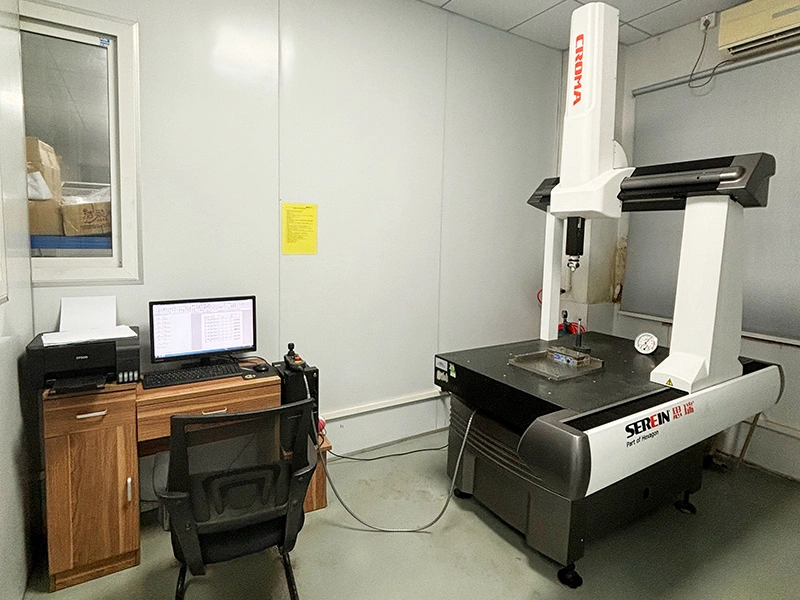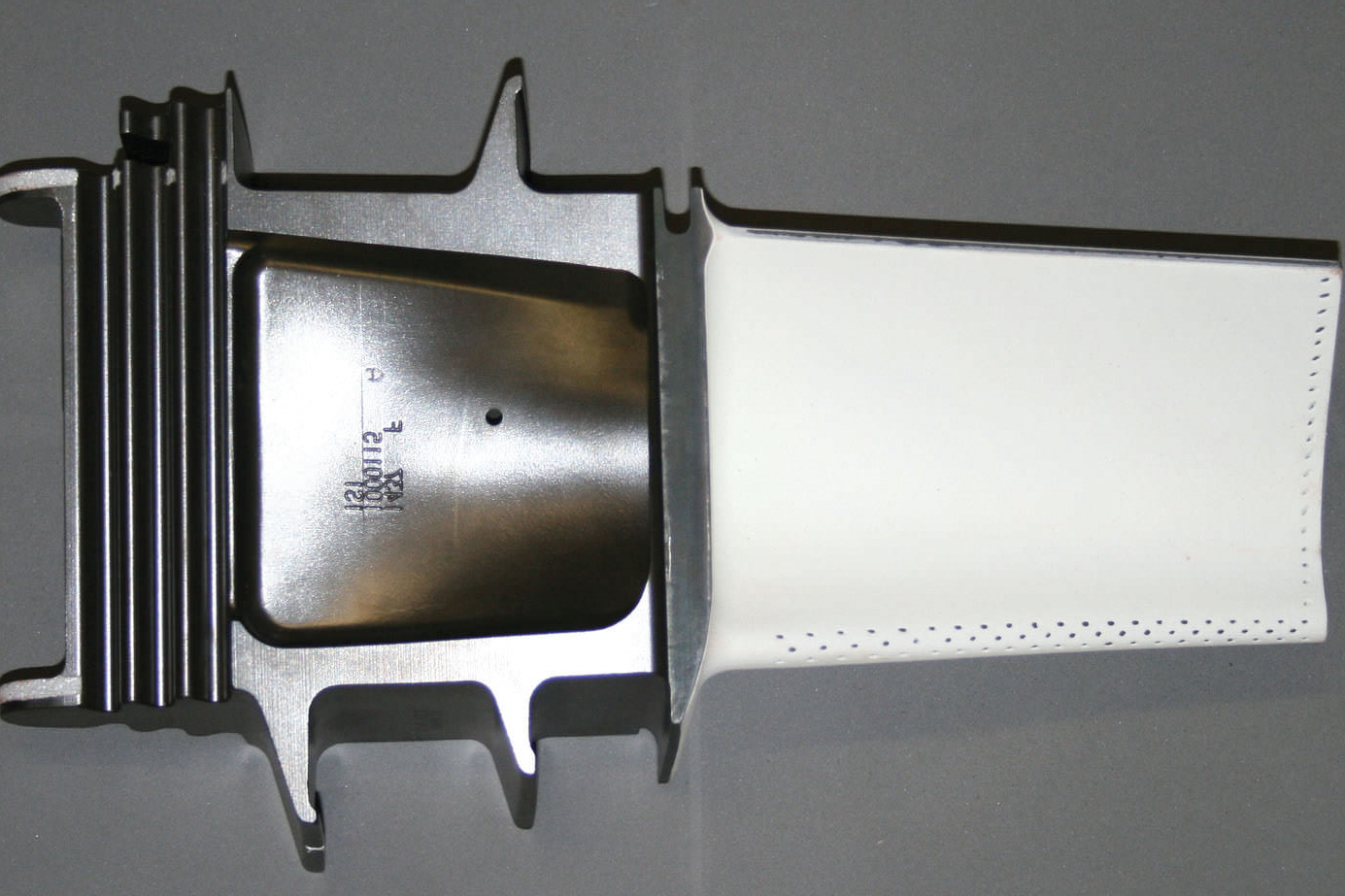CMM: Micron-Level GD&T Compliance and Cp/Cpk Proof for AM Buyers
Introduction: From “Good Enough” to “Proven Excellent” — How CMM Gives AM Buyers Hard Evidence, Not Just Promises
In additive manufacturing, a supplier saying “it’s in tolerance” is no longer enough—especially for aerospace, medical, automotive, and tooling buyers who carry real program risk. As quality engineers at Neway, we see this every day: procurement teams don’t just need compliant parts; they need defensible evidence that every critical feature, datum, and interface truly matches design intent, and that the underlying process is stable. That’s where coordinate measuring machine (CMM) technology becomes indispensable. As the gold standard for dimensional metrology, CMM provides micron-level verification of GD&T requirements and Cp/Cpk-backed process capability proof—turning AM quality from a verbal assurance into a traceable, auditable fact base.
CMM & GD&T: Reading the “Dimensional Constitution” of AM Parts
CMM: High-Accuracy 3D Data for Critical Features
A CMM measures geometry using a rigid precision structure, calibrated motion system, and tactile or scanning probes. Every probe contact is captured as a 3D coordinate; metrology software then reconstructs planes, cylinders, cones, slots, datums, freeform surfaces, and complex alignment schemes. Our CMM systems operate in controlled environments with thermal compensation and certified uncertainty, allowing us to achieve micron-level accuracy on AM parts—far beyond what hand tools or visual checks can offer.
GD&T: Turning Design Intent into Measurable Rules
Geometric Dimensioning & Tolerancing (GD&T) is the precise language that defines how a part must function—not just its size. Position, profile, flatness, perpendicularity, concentricity, runout: these controls describe how features relate to each other in 3D space. For AM, where process characteristics and distortion behaviors differ from machining or casting, robust GD&T is essential. It ensures:
Assemblies fit and locate correctly
Critical load paths and sealing surfaces behave as designed
Suppliers and buyers share a clear, testable definition of “acceptable”
How Neway Uses CMM to Deliver Trusted Evidence for AM Buyers
Micron-Level Verification: Beyond Calipers and Visual Checks
For AM parts with tight interfaces—such as mounting faces, bearing seats, bores, alignment pins, and tooling interfaces—we rely on CMM for definitive inspection. We generate:
Exact dimensions of all critical-to-function features
Datum structures and their relationships
Traceable results backed by calibrated equipment and documented uncertainty
This provides buyers with a clear, quantitative basis to accept parts, rather than relying on screenshots or subjective reports.
Full GD&T Conformance: Not Just “Size OK”
We don’t stop at linear dimensions. Our CMM programs are built directly from your 2D drawings and 3D models to evaluate:
True position of holes, pins, and slots
Profile of complex surfaces and freeform contours (including AM-specific geometries)
Runout, coaxiality, and orientation of functional features
The result is a complete geometric validation: the part doesn’t just measure “close”—it meets the functional envelope the designer specified.
Cp/Cpk: Turning Measurements into Process Confidence
For batches and serial production, we extend CMM inspection into statistical process control. By measuring representative samples, we calculate Cp and Cpk indices for key characteristics:
Cp shows whether the process spread fits within the tolerance zone.
Cpk shows how well-centered and capable the process truly is.
These indicators help AM buyers distinguish between a one-time “good batch” and a robust, repeatable manufacturing process.
Cp/Cpk: The Health Metrics Every AM Buyer Should Ask For
Cp: Potential Capability
Cp compares the natural process variation (6σ) against the tolerance width. A high Cp indicates that the process has the precision potential to meet specifications—provided it’s centered correctly. For critical AM features, we typically target a Cp value of≥ 1.33 as a baseline.
Cpk: Real-World Capability
Cpk factors in how far the process mean has drifted from the target. It’s the practical metric buyers should care about: it tells you how safely and consistently the supplier is producing within spec today, not hypothetically.
Why Cpk ≥ 1.33 Matters for AM Supply Chains
A Cpk ≥ 1.33 on critical features is widely accepted as the minimum for stable, low-risk production. For AM buyers, this means:
Much lower probability of nonconforming parts
Reduced the need for incoming inspection and sorting
Higher confidence in scaling to volume without surprises
The Role of CMM Across the AM Quality Lifecycle
First Article Inspection: The Final Verdict
For the AM production ramp-up, our CMM reports serve as the authoritative evidence for the first article inspection (FAI). Each report:
Maps measured values vs. drawing/CAD requirements
Highlights any deviations with clear pass/fail criteria
Becomes the dimensional baseline for future runs
Ongoing Sampling and Process Monitoring
In serial builds, periodic CMM checks on key features help detect drift early—before it becomes a batch-level problem. Combined with Cp/Cpk trending, this supports proactive, not reactive, quality management.
Validating Tooling, Fixturing & Post-Processing
We use CMM to:
Verify jigs and fixtures used for secondary machining
Quantify dimensional change after heat treatment, HIP, or surface finishing
Support iterative optimization of hybrid AM + CNC workflows
How CMM Works with Other Measurement & NDT Technologies
“Surface vs. Points”: Synergy with 3D Scanning
We pair 3D scanning and CMM strategically:
3D scanning for rapid, full-surface deviation maps and deformation trends
CMM for high-accuracy verification of critical locations identified by scanning
This delivers speed where possible, and metrology-grade rigor where necessary.
“Outside vs. Inside”: Working with Industrial CT
For parts with hidden channels, lattice cores, or embedded features, we combine:
CMM for precise external datums and interfaces
450kV industrial CT for internal geometry and defect mapping
Together, they provide a complete dimensional and structural picture for complex AM components.
Sample Integrity for Performance Testing
Before fatigue, tensile, or other performance tests, we CMM-verify specimens to eliminate geometry-induced scatter. That way, mechanical results reflect material and process behavior—not accidental dimensional errors.
Case Study: How CMM Data Helped an AM Buyer Reject the Wrong Supplier—Before It Was Too Late
In an aerospace sourcing project, a potential AM supplier claimed full compliance for a batch of titanium brackets and provided their own in-house reports. The OEM requested independent verification and sent 30 samples to Neway for CMM and Cp/Cpk evaluation.
Our results told a different story. While basic linear dimensions were mostly within tolerance, CMM revealed a systematic positional error on critical mounting holes. Statistical analysis showed a Cpk of just 0.8 for this feature—far below the 1.33 capability threshold expected for safety-critical hardware.
Armed with objective CMM evidence, the buyer disqualified the supplier before entering volume production, avoiding downstream rework, schedule impact, and potential field risk. The lesson was clear: metrology-grade data is not a luxury; it’s a shield.
Conclusion: Let Micron-Level Evidence Be the Strongest Link in Your AM Supply Chain
As AM matures, quality assurance must evolve from a trust-based to a data-driven approach. CMM delivers exactly that: verifiable GD&T compliance, quantified process capability, and traceable reports that buyers, auditors, and regulators can rely on. As an independent, engineering-driven inspection and manufacturing partner, Neway integrates CMM into every critical AM program to make quality visible, defensible, and repeatable. If you’re serious about supplier selection, risk control, and long-term reliability, CMM-backed verification shouldn’t be optional—it should be standard.
Frequently Asked Questions
What is the typical measurement accuracy (uncertainty) of your CMM systems?
How long does a full CMM inspection and formal report usually take?
Which international standards (e.g., ISO 10360) do your CMM processes comply with?
How many parts are required for a meaningful Cp/Cpk analysis?
Can you perform CMM inspection based only on 2D drawings if no CAD model is available?



